Sugarcane (Saccharum officinarum) is a widely grown family Gramineae (Poaceae) crop. Sugarcane is a significant source of sugar in all tropical and subtropical countries. It is the most environmentally friendly crop, requiring minimal fertilizers and pesticides. It gets most of its necessities from the rich, moist soil of the region. Let’s check out more information about Sugarcane farming in the USA below.
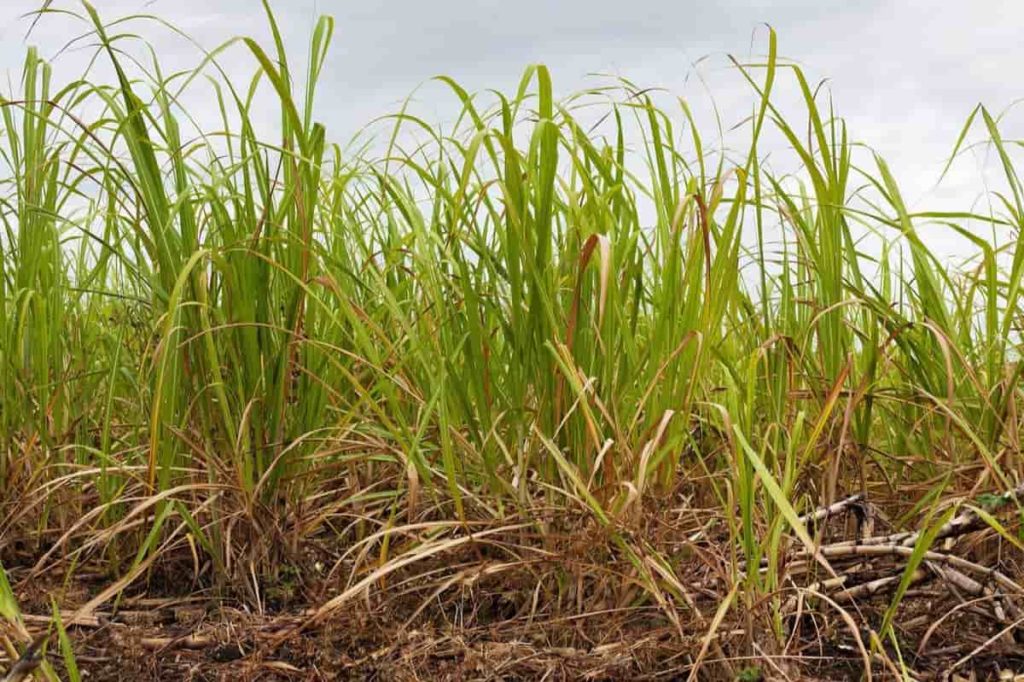
Sugarcane fields not only produce food but also provide valuable habitats for animals. Sugarcane is a thick-growing member of the grass family with a high content of sap or juice. It is tender to cool, the tops killed by temperatures just below freezing. In the United States, where freezing can occur during the winter, it is mainly planted in the late summer or early autumn season and is harvested one year later. However, it can be grown almost any time in tropical countries as the plant does not have a resting period.
The active growth season lasts 7 to 8 months in the continental United States, while growth continues until harvest in the tropics. It results in heavy production of Sugarcane and sugar in tropical conditions. In Hawaii, for example, Sugarcane and sugar yields per acre, where Sugarcane is grown for about two years before harvest, are 3 to 4 times higher than a season’s growth in Louisiana and Florida. In addition to contributing to the national exchequer, it directly or indirectly employs more than one million people.
In excluding Puerto Rico, production in the United States averaged 2,550,000 tons – from 592,000 acres in Hawaii, Florida, and Louisiana. Puerto Rico’s sugar production averaged 850,000 tons in two years. The largest producer of Sugarcane in the United States is Florida, followed by Louisiana, Texas, and Hawaii. Louisiana Sugarcane harvesting usually begins in October. However, the farmer should keep one percent of his farm planted with new seed Sugarcane annually. Before harvest, it is essential to plant, but rain and muddy conditions can delay planting.
Sugarcane farming in the USA
Planting Sugarcane in the USA
In the United States, planting Sugarcane will provide the best chance of success in the USDA Plant Hardiness Zone 9-10, including parts of Florida, Louisiana, Hawaii, and Texas. Sugarcane grows in furrows (or trenches) that you make in nitrogen-rich soils. Growing Sugarcane requires living in tropical climates like Hawaii, Florida, and Louisiana. It is produced in limited quantities in Texas and a few other Gulf coastal states.
In case you missed it: Top 24 Steps to Boost Sugarcane Yield: How to Increase Production, Size, and Quality
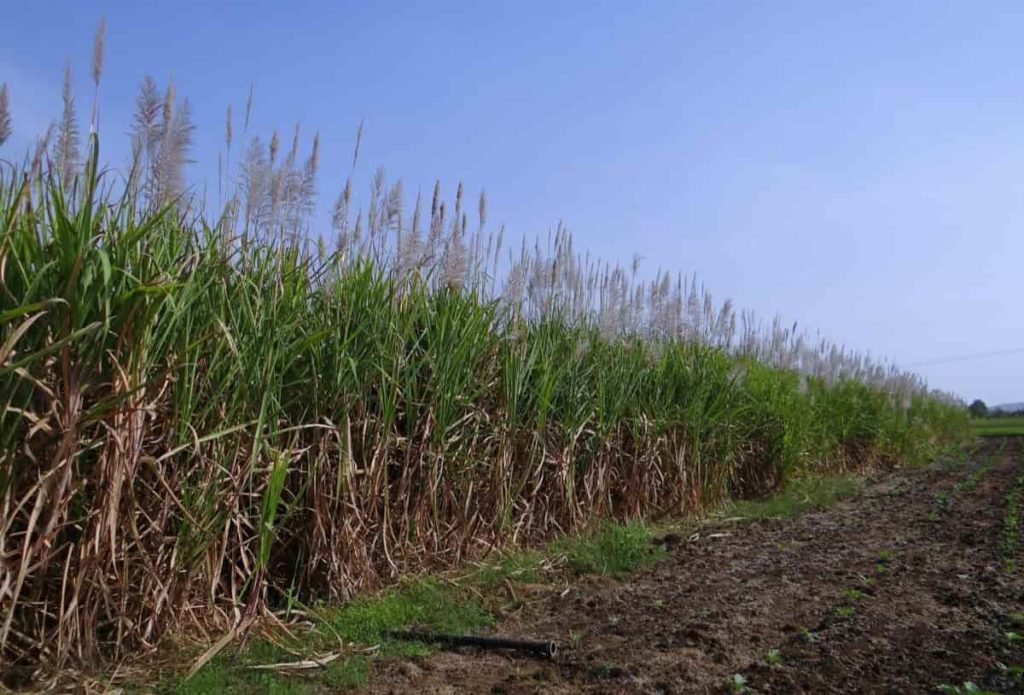
Since Sugarcane is all hybrid, Sugarcane is sown using stems obtained from the mother plant of a suitable breed. These, in turn, sprout, creating clones genetically identical to the mother plant. Because Sugarcane plants are so diverse, the use of seeds for breeding results in plants different from the mother plant, so plant breeding is used. Although there is a growing interest in developing machinery to reduce labor costs, the planting process usually occurs from late August to January.
Sugarcane fields are replanted every two to four years. After the first year’s pruning, the second round of stalks, called ratoon, grows from the old. After each harvest of Sugarcane, the field is burned until the yield level decreases. The field will be plowed then, and the ground will be prepared for a new crop of Sugarcane plants. Sugarcane care is completed with cultivation and herbicides to control weeds in the plant. Sugarcane plants often need extra fertilizer for optimal growth.
Sugarcane production must be relatively close to the sugar factory to be profitable. There are government policies that limit the amount of sugar produced in the United States but support the price farmers receive, thus limiting the expansion of Sugarcane. Sugarcane is now harvested mechanically in the United States.
In factories, Sugarcane is crushed to extract sugar, and the juice is boiled and then separated into sugar crystals for further processing and grinding. The stalk that remains after crushing is known as bagasse and is often burned at the factory to generate electricity, but can be used to make paper, building boards, plastics, and mulching or animal bedding.
Top Sugarcane producing states in the USA
- Florida
- Louisiana
- Texas
- Hawaii
- California
How do you grow Sugarcane in Florida?
Planting is done by digging a shallow furrow and laying the canes end-to-end. The cane is then covered with mud extracted from the furrows. Sugarcane can also be grown in North Florida during March. Before the large-scale sweet market, almost every field had a patch of Sugarcane. As a result, sugarcane accounts for 62% of the world’s sugar. Currently, Sugarcane is grown on about 440,000 acres in the Everglades Agricultural Area (EAA), making it one of Florida’s most widely grown row crops.
Production occurs mainly on land near the southern half of Lake Okeechobee. Most Sugarcane production is in Palm Beach County, but Sugarcane is also grown in Hendry, Gladys, and Martin counties. About eighty percent of the crop is grown on highly organic soil and 20 percent on the sand. About 50% of the sugar produced in the United States comes from Florida, making up about 20% of all sugar (Sugarcane and beetroot) used.
Florida’s sugar industry employs more than 14,000 people with an annual income of over $ 800 million, and the total economic value (with direct and indirect effects) is over $ 2 billion. Sugarcane is Florida’s most valuable farm crop, worth more than the combined price of the Corn, Soybean, Tobacco, and Peanut crops grown in Florida. The crop ranks 3rd in Florida’s agricultural economy behind the greenhouse and Citrus industries. All of Florida’s Sugarcane goes to one of the five mills that operate in South Florida.
Corporate farmers make up about two-thirds of Sugarcane, while cooperative mills make up the rest. Raw sugar is transported to refineries by road, rail, or ship or is sold in its raw state. Sugarcane is a giant grass that grows in the sun, rain, and fertile dung of South Florida. Sugarcane is grown from late August to January. Sugarcane is harvested between late October and mid-April.
In case you missed it: Best Fertilizer for Sugarcane: Organic, Biofertilizers, NPK, Compost Manure, and Schedule
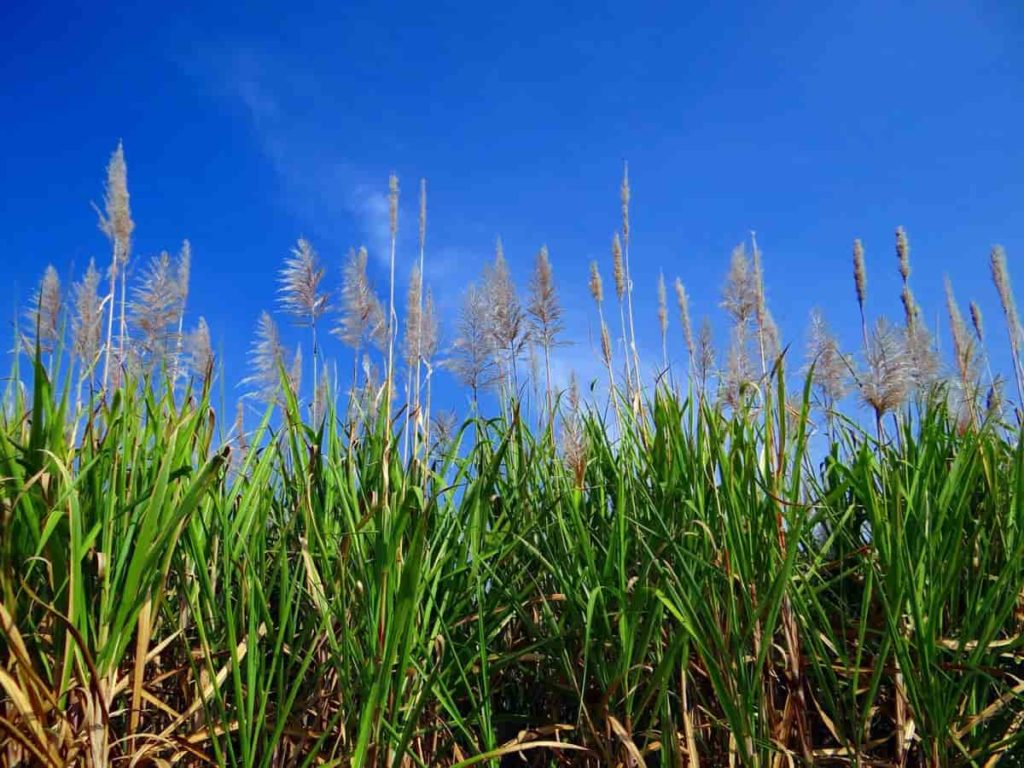
Sugarcane can be grown as a hobby crop for syrup production or for “chewing cane,” but in South Florida, Sugarcane is grown commercially for crystal or white sugar production. Sugarcane production in Florida is concentrated in and around Lake Okeechobee. Palm Beach, Hendry, and Glades are counties in South Florida where Sugarcane production is particularly important. However, sugarcane is grown in all parts of Florida.
However, the commercial Sugarcane industry is located near the southern tip of Lake Okeechobee in South Florida. Palm Beach County produces the most Sugarcane (70% area and 75%-ton weight). The rest is grown in the adjoining counties of Hendry, Glades, and Martin. While most Sugarcane is grown on manure soils, about 20% is produced on sandy mineral soils.
Sugarcane grows in Louisiana
Louisiana’s 22 parishes produce Sugarcane on more than 400,000 acres – producing approximately 13 million tons annually. Sugarcane production and processing in Louisiana employs approximately 17,000 jobs – and the state boasts 11 raw sugar factories. Louisiana Sugarcane harvesting usually begins in October. However, the farmer should keep one percent of the farm planted with new seed Sugarcane annually. Before harvest, it is essential to plant, but rain and muddy conditions can delay planting.
Sugarcane requires fertile, well-drained soil and an abundant moisture supply for successful growth. It has a long growing season that allows it to withstand short-term droughts. Late spring or early autumn freezes can dramatically affect production and quality. Irrigation is uncommon in Louisiana but is sometimes done on some farms during long, dry periods. In normal years, irrigation is not required due to heavy rainfall. Louisiana Sugarcane harvesting usually begins in October.
However, the farmer should keep one percent of his farm planted with new seed Sugarcane annually. Before harvest, it is essential to plant, but rain and muddy conditions can delay planting. In Louisiana, the largest Sugarcane-growing state, Sugarcane production is largely confined to the Mississippi River Delta, where the soil is fertile. However, the sugar industry has spread north and west to non-traditional Sugarcane growing areas in Louisiana.
Sugarcane expansion has largely come when profits from competing crops, such as Rice and Soybeans, have declined. Louisiana production has also increased because of the adoption of higher-yielding varieties of Sugarcane and investment in new harvesting combinations. The Sugarcane varieties are grown to some extent in Louisiana are L 01-283, L 01-299, L 03-371, HoCP 96-540, L 99-226, HoCP 00-950, HoCP 04-838, Ho 05-961, Ho 07-613, HoCP 09-804 and L 11-183.
Sugarcane production in Hawaii
Sugar quickly became a major business, and the island’s population grew rapidly, with 337,000 people displaced over a century. The need for Sugarcane labor reinforced immigration that gives Hawaii its multicultural background today, and the effect of early afforestation formed the basis of our labor laws. In addition, the demand for sugar water led to the construction of wide canals, the emptiness of rivers, and the development of the most exclusive water rights in the country.
Sugarcane farming in Texas
Texas is the fourth largest Sugarcane producer in the United States, with 1.5 million tons grown on 40,000 acres annually. The economic impact is over $ 200 million and provides hundreds of permanent jobs in a region where employment opportunities are far below the state average. The Sugarcane industry in Texas is located in Cameron, Hidalgo, and Willis counties in the Lower Rio Grande Valley (LRGV).
It is the fourth largest source of American Sugarcane. Sugarcane is produced on 43,000 acres with an annual harvest of 1.5 million tonnes. Texas Sugarcane grows in the lower reaches of the Rio Grande Valley at the southern tip of the state. The region has a subtropical climate – long, hot summers and short, mild cold. Killing freezes are a recurring threat, and hurricanes and droughts have significantly reduced yields.
Sugarcane plant care
Sugarcane should be consistently moist in well-drained soil but not wet or over-watered. If you do not live in an area with heavy rainfall, it will need extra irrigation. A dry spell will be helpful to slow down the growth in the lower part of the stalk and increase sugar production. Sugarcane needs high temperatures and sunlight for maximum growth. Most Sugarcane cultivation cannot withstand temperatures below freezing or freezing.
In case you missed it: Organic Sugarcane Farming, Production Practices
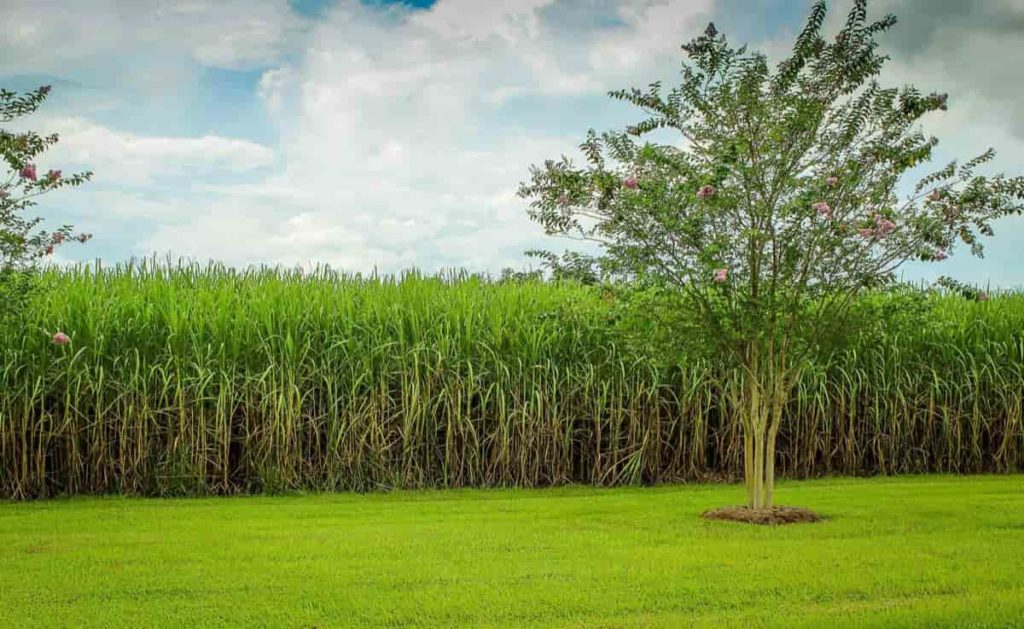
Sugarcane that grows in cold conditions can cause the leaves to turn brown and wither and the plant to die during prolonged frosts. However, if you live in hot climates, you can grow Sugarcane outside. Sugarcane needs the following things to survive and thrive.
- Light: Grow your Sugarcane where it gets full sunshine. Less than that, you endanger the health of the plant.
- Water: Sugarcane needs to be moist to function well. Water them regularly, but it doesn’t rain much in your area. You may want to water the plant one to two inches each week.
- Soil: Plant your Sugarcane in deep soil, which grows well. Applying mulch to the top of the plant will help retain some moisture so that the skin does not dry out.
- Humidity: Sugarcane doesn’t have to grow in humid environments – it can withstand dry weather as long as you water it constantly.
Facts about the US sugar industry
- America’s sugar producers support approximately 142,000 US jobs in 22 states.
- The United States produces approximately 8.1 million metric tons of sugar each year.
- About 55% of all sugar produced in the United States is sugar cane, and the remaining 45% is Sugarcane.
- Hawaii and the Southeast are the only areas in the United States where Sugarcane is grown commercially. About 400,000 acres of Sugarcane are harvested annually in Florida, producing about 1.5 million tons of sugar.
- The United States sugar industry produces Sugarcane and sugar beets, operates sugar refineries, and manufactures and markets refined sugar, sugar confectionery, and other products. Unlike other sugar-producing countries, the United States has large and well-developed sugar cane industries.
Sugarcane farming in California
Sugarcane has been successfully cultivated for decades in the Imperial Valley of California. The soil is rich in relatively deep loam. It is well suited for farming, with the availability of irrigation water due to the preferential allocation of water from the Colorado River basin by the Imperial Valley. The area is known as one of the most productive agricultural areas globally.
Due to the dry climate, irrigation, and intense sunlight, Imperial Valley Sugarcane can be planted year-round, unlike in Florida, Louisiana, and Texas, where the rains limit the harvest season to six months.
Methods of Sugarcane production
Sugarcane is propagated vegetatively. It is also a perennial crop. After the first crop, called “plant cane,” is planted, regrowth or “ratoon cane” is harvested each year until the condition of the plant deteriorates. An average of three annual crops are harvested until it is replanted. When replanting (late August to January), some parts of the mature Sugarcane field are reserved for “seed cane.”
The material is divided into stalk pieces planted according to the condition of the plants. They are applied after two to four years. Sugarcane stalks are cut by hand into seed pieces, laid out in twin rows horizontally in the field, and covered with soil three to eight inches deep. Sugarcane is harvested from late October to mid-April. Sugar production is usually higher because the weather is cold.
Sugarcane harvest at the best time in South Florida; it is necessary to harvest some fields before the Sugarcane plants reach their maximum productivity. The fields are burned to remove farm waste, and then mechanically harvested Sugarcane is loaded onto trucks and transported to the mill.
Pests and diseases management in Sugarcane
Insects and mites that feed on the Sugarcane crop in Florida can increase production costs and reduce yields. However, Sugarcane cultivation is relatively resistant to pests common in semi-tropical environments. Sugarcane’s pests include wireworms, white grubs, Sugarcane borers, lesser cornstalk borer, aphids, and Sugarcane rust mites.
In case you missed it: Sugarcane Seed Germination, Time, Temperature, Process
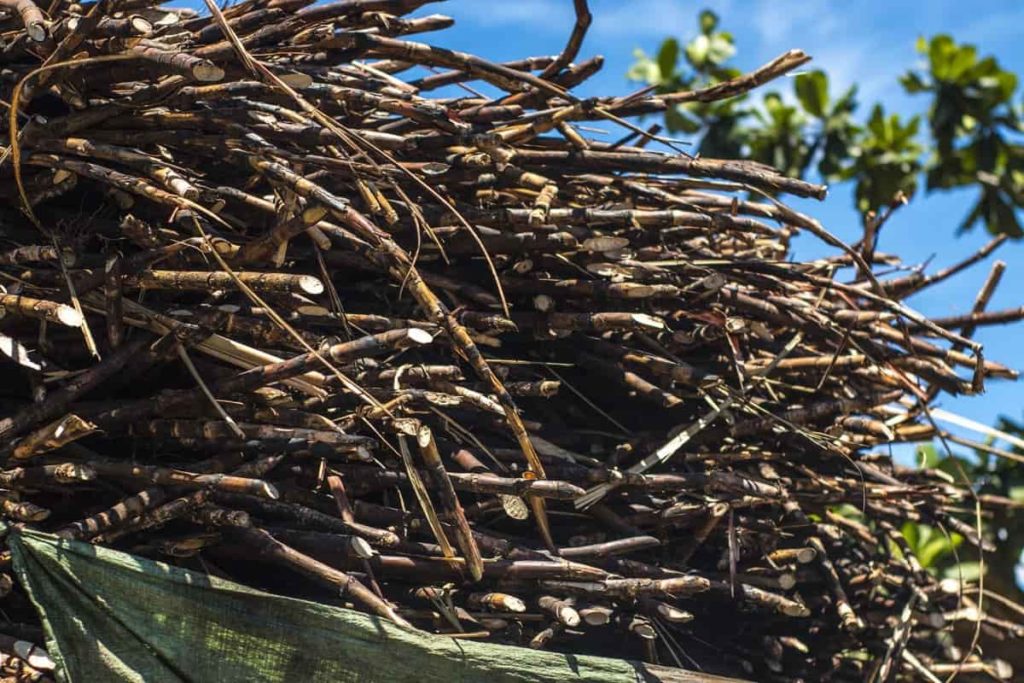
An integrated pest management (IPM) program with several balanced components will provide effective borer control and increase profits without harming the environment. The most important part of the IPM program for Sugarcane borers is regular scouting. Recommended control options include biological agents, planting varieties resistant to infection and damage, planting borer-free seed pieces, and pesticides.
Harvesting Sugarcane in the USA
Harvesting of Sugarcane in Hawaii and Louisiana is highly mechanized. The machines lift the canes to the same height, cut them to the ground, and collect them in rows. In Florida, Sugarcane is mainly harvested by hand. Leaves and trash are burned in rows by flamethrowers. An alternative way is to burn the leaves with standing Sugarcane, after which it is cut and taken directly to the mill. In both cases, the delay between cutting and milling should be as short as possible, as the delay results in a loss of sugar content.
Machines are being developed to cut, clean, and load the Sugarcane to be transported directly to the mill. In the United States, where winter frosts are a threat, Sugarcane harvesting should begin early to maximize yields. When plants are killed by freezing, the loss of sugar is rapid. Although such plants are suitable for extracting sugar if harvested immediately after freezing, it may not be possible to cover large areas.
In non-mechanized areas, the knife is still used to cut, and the leaves are removed. But, then, this is a difficult and time-consuming task. In general, farmers harvest from one plant for 3-5 years. Once the cane is cut, the rotating arms remove the leaves and their growth and pass the stalks through a cutter that cuts them into small pieces.
Frequently asked questions about Sugarcane farming in the USA (FAQ)
Can Sugarcane be grown in East Texas?
It grows in warm climates and can be found even in the southern parts of the United States; Texas is one of those states and was an essential part of Sugarcane in East Texas, usually south of the center of East Texas. In addition, it is widely grown in southern Louisiana.
How do they harvest Sugarcane in Florida?
Sugarcane cultivation in Florida is usually done with mechanical harvesting of burnt Sugarcane.
Why is Sugarcane growing so well in Louisiana?
Climate, soil suitability, and proximity of mills limit production in this state region. However, it has a long growing season allows it to withstand short-term droughts.
In case you missed it: Ring-pit Method of Sugarcane Cultivation
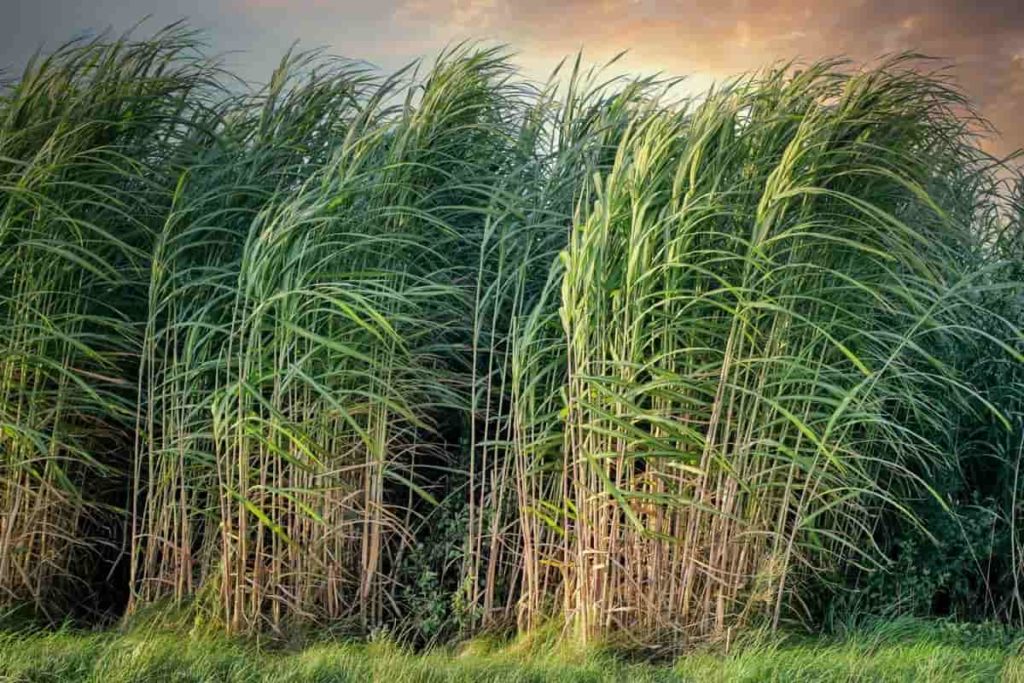
What is the use of US Sugarcane?
About three-quarters of Sugarcane is grown and processed into sugar, used to make bread, canned fruits and vegetables, beverages, cakes, candy, cereals, ice cream, and other foods. The rest is packaged in large industrial or family-sized bags to be sold directly to consumers.
Can you grow Sugarcane in Central Texas?
Growing Sugarcane requires living in tropical climates such as Hawaii, Florida, and Louisiana. Also, it is grown in limited quantities in Texas and a few other Gulf coastal states. Since Sugarcane is all hybrid, Sugarcane is sown using stalks obtained from the mother plant of a suitable breed.
Conclusion
If you live and plan to grow Sugarcane in the United States, this information may help with commercial Sugarcane production.
- Types of Pesticides Used in Agriculture: A Beginner’s Guide
- Economical Aquaculture: A Guide to Low-Budget Fish Farming
- 15 Common Planting Errors That Can Doom Your Fruit Trees
- How to Make Houseplants Bushy: Effective Tips and Ideas
- Innovative Strategies for Boosting Coconut Pollination and Yield
- Pollination Strategies for Maximum Pumpkin Yield
- The Complete Guide to Chicken Fattening: Strategies for Maximum Growth
- Natural Solutions for Tulip Problems: 100% Effective Remedies for Leaf and Bulb-Related Issues
- Revolutionizing Citrus Preservation: Towards a Healthier, Greener Future
- Natural Solutions for Peony Leaf and Flower Problems: 100% Effective Remedies
- Maximizing Profits with Avocado Contract Farming in India: A Comprehensive Guide
- Natural Solutions for Hydrangea Problems: 100% Effective Remedies for Leaf and Flowers
- The Ultimate Guide to Choosing the Perfect Foliage Friend: Bringing Life Indoors
- From Sunlight to Sustainability: 15 Ways to Use Solar Technology in Agriculture
- The Ultimate Guide to Dong Tao Chicken: Exploring from History to Raising
- The Eco-Friendly Makeover: How to Convert Your Unused Swimming Pool into a Fish Pond
- Mastering the Art of Delaware Chicken Farming: Essentials for Healthy Backyard Flocks
- 20 Best Homemade Fertilizers for Money Plant: DIY Recipes and Application Methods
- How to Craft a Comprehensive Free-Range Chicken Farming Business Plan
- Brighten Your Flock: Raising Easter Egger Chickens for Beauty and Bounty
- How to Optimize Your Poultry Egg Farm Business Plan with These Strategies
- Subsidy for Spirulina Cultivation: How Indian Government Schemes Encouraging Spirulina Farmers
- Ultimate Guide to Raising Dominique Chickens: Breeding, Feeding, Egg-Production, and Care
- Mastering the Art of Raising Jersey Giant Chickens: Care, Feeding, and More
- Ultimate Guide to Raising Legbar Chickens: Breeding, Farming Practices, Diet, Egg-Production
- How to Raise Welsummer Chickens: A Comprehensive Guide for Beginners
- How to Protect Indoor Plants in Winter: A Comprehensive Guide
- Ultimate Guide to Grow Bag Gardening: Tips, Tricks, and Planting Ideas for Urban Gardeners
- Guide to Lotus Cultivation: How to Propagate, Plant, Grow, Care, Cost, and Profit
- Agriculture Drone Subsidy Scheme: Government Kisan Subsidy, License, and How to Apply Online
- Ultimate Guide to Raising Araucana Chickens: Breed Profile, Farming Economics, Diet, and Care
- Bringing Hydroponics to Classroom: Importance, Benefits of Learning for School Students
- Ultimate Guide to Raising Polish Chickens: Breed Profile, Farming Economics, Diet, and Care
- Ultimate Guide to Raising Australorp Chickens: Profile, Farming Economics, Egg Production, Diet, and Care
- Silkie Chicken Farming: Raising Practices, Varieties, Egg Production, Diet, and Care
- Sussex Chicken Farming: Raising Practices, Varieties, Egg Production, Diet and Care
Wants to run sugar Cane farming in Sierra Leone but needs a technical guide.